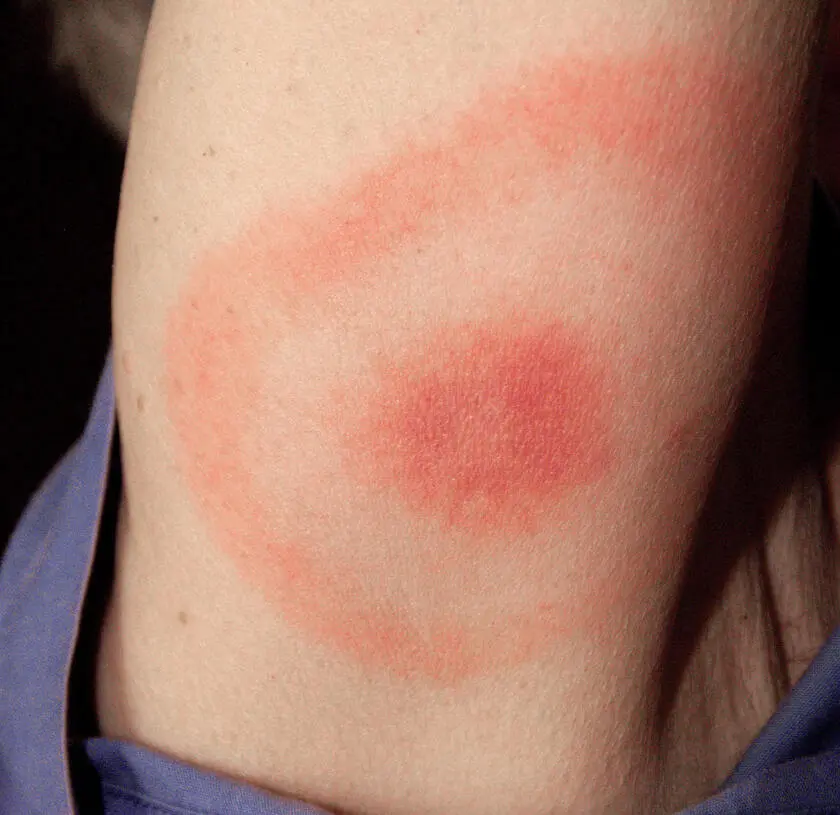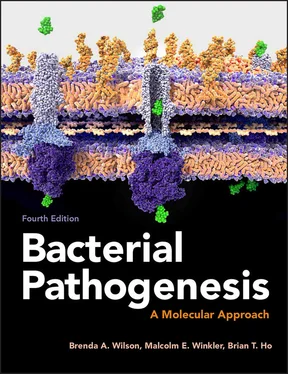Lochner M, Wang Z, Sparwasser T. 2015. The special relationship in the development and function of T helper 17 and regulatory T cells. Prog Mol Biol Transl Sci 136:99–129. [PubMed] [CrossRef]
Mabbott NA, Donaldson DS, Ohno H, Williams IR, Mahajan A. 2013. Microfold (M) cells: important immunosurveillance posts in the intestinal epithelium. Mucosal Immunol 6:666–677. [PubMed] [CrossRef]
Modlin RL. 1994. Th1-Th2 paradigm: insights from leprosy. J Invest Dermatol 102:828–832. [PubMed] [CrossRef]
Oettgen HC, Burton OT. 2015. IgE and mast cells: the endogenous adjuvant. Adv Immunol 127:203–256. [PubMed] [CrossRef]
Schroeder HW Jr, Cavacini L. 2010. Structure and function of immunoglobulins. J Allergy Clin Immunol 125(Suppl 2):S41–S52. [PubMed] [CrossRef]
Slack E, Balmer ML, Macpherson AJ. 2014. B cells as a critical node in the microbiota-host immune system network. Immunol Rev 260:50–66. [PubMed] [CrossRef]
Soypayrac L. 2016. How the Immune System Works, 5th ed. Wiley Blackwell, West Sussex, United Kingdom.
Questions
1. In the short statement that began the chapter, the innate immune system was likened to ordinary police and the adaptive immune system was likened to specialized backups such as snipers. For those of you who follow true crime or mystery stories, you might find it amusing—and helpful in your studies—to try to come up with other criminal justice analogies. For example, you might make an analogy between “antibody production by B cells” and “smart bombs, surveillance, and tracking devices.” See what you can do with T helper cells, cytokines, APCs, and NK cells.
2. Does the fact that sIgA does not activate complement make it less effective in preventing infection than IgG? Hint: Consider its location and function.
3. Explain how the structure of an antibody is designed to facilitate the function of the particular antibody (e.g., why an antibody has at least two active sites, why it has an Fc portion, and why it might be cross-linked as a multimer).
4. Why is a Th1 or Th2 cell needed to mediate APC-initiated antibody production? Why do the B cells not bind directly to the APCs?
5. Explain why direct antigen activation of cytotoxic T cells and B cells is more important than APC-initiated activation in subsequent encounters with a microbe. Why is the APC-initiated pathway needed at all?
6. There are many interactions between the innate and adaptive defense systems. List as many of them as you can and explain how they work. Why are these interactions important? Are all of them beneficial?
7. What are the two ways that polysaccharides, DNA, and lipid antigens can elicit an immune response? How are these responses different than that elicited by a peptide antigen?
8. Why is the level of specific IgM antibodies of diagnostic significance?
Solving Problems in Bacterial Pathogenesis
1. A group of researchers have isolated a new pathogenic bacterium Q from lungs and lymph nodes of cystic fibrosis patients that produces an unusual polysaccharide capsule, called QPS. They can see QPS on the surface of the bacteria in electron micrographs from fresh isolates (i.e., bacteria just obtained from patients). In addition to the capsule, bacterium Q produces a protease, called QP, which the researchers believe is responsible for degrading host sIgA.
a. The researchers propose that QPS and QP might make good targets for vaccine development against bacterium Q. What led the researchers to propose this?
b. What potential problems could the researchers have in using QPS as a vaccine?
c. How are QP antigens presented to immune cells?
d. The researchers find that the QPS vaccine does not elicit a long-lasting immune response. How does QPS elicit an immune response? What vaccine strategy could be used to generate long-lasting immunity targeting QPS?
e. The researchers believe that they can develop an oral vaccine that will be effective against lung infections with bacterium Q using QP as a vaccine component. What specific experimental evidence supports their rationale for using this proposed approach?
f. If QP were used as a vaccine, what immune response would be primarily responsible for controlling lung infection caused by bacterium Q?
2. Listeria monocytogenes is a foodborne, Gram-positive bacterium that causes infections (listeriosis) in individuals with compromised immune systems. Listeria is predominantly an intracellular pathogen. After phagocytosis by intestinal macrophages, Listeria escapes the phagosome and replicates in the cytosol before spreading to other neighboring cells through a special invasion process that allows it to remain intracellular while spreading from cell to cell.
a. What advantage is there for Listeria to invade and spread intracellularly?
b. What immune response is primarily responsible for controlling Listeria infection in healthy but unimmunized individuals?
c. What immune response is primarily responsible for controlling Listeria infection in healthy but immunized individuals or those having prior exposure?
d. How are Listeria antigens presented to immune cells?
3. Lyme disease is a common zoonotic vector-borne disease in the United States. It is caused by the Gram-negative spirochete Borrelia burgdorferi, which is transmitted through the bite of infected deer ticks. After a period ranging from 3 to 30 days, a unique red rash with a classic bull’s-eye appearance occurs in ∼75% of infected persons at the site of the bite (shown in Figure 1). Though such a rash does not always appear, the presence of this characteristic rash is diagnostic for Lyme disease (there are no other known causes for it), so physicians often prescribe antibiotics without further diagnostic testing. In most cases, antibiotics such as tetracycline and penicillin eliminate the infection and its symptoms. However, delayed or inadequate treatment can lead to more serious symptoms much later, including effects on the joints (chronic arthritis, inflammation), the heart (atrioventricular blockage, abnormal heart rate), and the central nervous system leading to facial palsy (paralysis), meningitis (headaches, neck stiffness), or encephalitis (memory loss, mood changes). Upon injection of the bacteria into the skin by the tick, the bacteria multiply and migrate slowly outward within the dermis. Without antibiotic treatment, the bacteria eventually spread throughout the body, despite generation of high titers of antispirochete antibodies. Microscopic examination of various tissues during infection reveals that these spirochetes are not found inside host cells, but instead reside within the extracellular matrix of skin, joints, and heart, peripheral, and central nervous systems.

Figure 1. The characteristic bull’s-eye rash (erythema migrans) caused by Lyme disease. Image from CDC-PHIL ID#9875, courtesy of CDC/James Gathany.
a. What is the cause of the characteristic bull’s-eye rash that appears around the tick bite without antibiotic treatment? Be sure to provide a plausible explanation for the bull’s-eye appearance.
b. Which cells would normally be the first on the scene to eliminate the spirochetes from the bite site? Be specific.
c. Interpret what it means to have the occurrence of strong antibody responses against B. burgdorferi in chronically infected individuals in the absence of sterilizing immunity.
d. Provide two possible explanations with rationale for why these cells might not respond effectively to clear the spirochete infection. For each of these possibilities, provide at least one definitive experiment that could be performed to confirm the explanation.
Читать дальше













